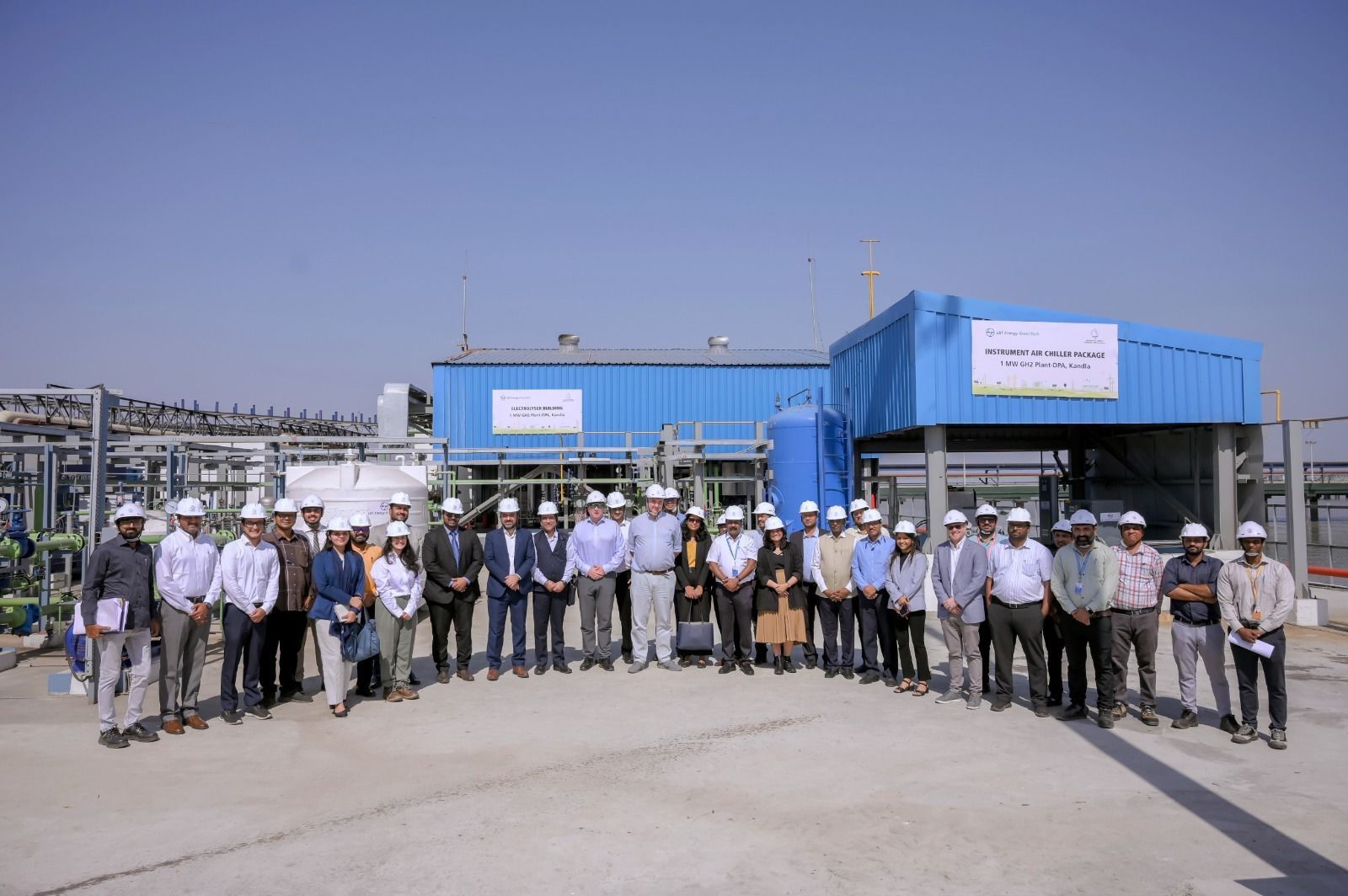Shandong Port Group Bans U.S.-Sanctioned Tankers- Potentially Impacting Oil Imports
Shandong Port Group, overseeing key ports in China’s eastern province of Shandong, has prohibited U.S.-sanctioned tankers from docking, unloading, or accessing port services, according to three traders familiar with the matter. This decision targets vessels on the U.S. Treasury Department’s Office of Foreign Assets Control (OFAC) list and comes as Washington tightens sanctions on countries like Iran, Russia, and Venezuela.

Shandong province is home to many independent oil refiners, commonly called “teapots,” which are significant buyers of discounted crude oil from these sanctioned nations. Last year, the province imported approximately 1.74 million barrels per day (bpd) of crude from Iran, Russia, and Venezuela, accounting for about 17% of China’s total oil imports, according to data from ship tracker Kpler.
The Impact of the Ban
Traders said the ban, if strictly enforced, could significantly increase shipping costs for Shandong’s independent refiners. These refiners, already grappling with weak profit margins and sluggish demand, rely heavily on discounted crude to remain competitive. A shift to using non-sanctioned tankers would raise logistics expenses, further straining their operations.
The announcement comes amid heightened U.S. sanctions on companies and vessels involved in transporting Iranian oil. In December, Washington sanctioned 35 tankers linked to Iran’s “ghost fleet,” and earlier this year, separate sanctions were imposed on Russia’s leading tanker operator, Sovcomflot. The outgoing Biden administration also plans to target over 100 tankers involved in Russian oil shipments.
The restrictions could slow oil imports into China, the world’s largest oil-importing nation. Analysts anticipate that the limited availability of non-sanctioned ships and rising logistical costs will disrupt the flow of crude from these countries.
Shandong Port’s Response
In a follow-up notice on Tuesday, Shandong Port Group stated that the ban would have a “limited impact” on local refiners. The notice emphasized that most sanctioned oil imports are already being transported by non-sanctioned vessels.
The ban appears to have been triggered by the arrival of the sanctioned tanker Eliza II, which recently unloaded at Yantai Port. In December alone, eight very large crude carriers (VLCCs), each capable of holding two million barrels, delivered primarily Iranian oil to Shandong, data from tanker tracker Vortexa showed. Several of these vessels, including Phonix, Vigor, Quinn, and Divine, are on the U.S. sanctions list.
Michelle Wiese Bockmann, a principal analyst at maritime data firm Lloyd’s List Intelligence, estimated that around 669 tankers make up the shadow fleet transporting oil from Iran, Russia, and Venezuela. Of these, 250–300 tankers are typically engaged in shipping Russian oil.
Market Reactions and Consequences
The market has already begun to feel the ripple effects of Shandong Port’s decision. Shares of leading tanker operator Frontline surged over 9% on Tuesday, reflecting expectations of tighter tanker availability. Shipping analysts also noted that the U.S. Defense Department’s recent move to blacklist COSCO, China’s largest shipping company, as a military-linked entity could further discourage charterers from using COSCO’s tankers, exacerbating the scarcity of available vessels.
The tightening of shipping capacity is pushing up the price of sanctioned crude. In December, Iranian crude sold to China reached its highest price in years as fresh U.S. sanctions made shipping more difficult and expensive. Russian oil prices have also climbed to two-year highs amid expectations of additional sanctions over Moscow’s ongoing war in Ukraine.
Goldman Sachs analysts recently reported that Iranian crude floating storage has risen to a 12-month high of 20 million barrels. This, coupled with stretched Iranian export fleets, indicates a potential decline in Iran’s crude exports. The investment bank predicts that Iran’s oil supply could drop by 300,000 bpd to 3.25 million bpd by the second quarter of 2025.
Broader Implications
Shandong’s decision underscores the growing complexity of the global oil trade, as geopolitical tensions increasingly shape the flow of energy resources. China, the world’s top oil importer, has so far navigated U.S. sanctions by relying on a shadow fleet of tankers to transport crude from Iran, Russia, and Venezuela. However, the latest ban could force a recalibration of this strategy, potentially slowing imports and raising costs for the nation’s independent refiners.
As U.S. sanctions expand to target more vessels and operators, the shadow fleet’s capacity to deliver sanctioned crude may diminish, further straining global shipping markets. With independent refiners in Shandong bearing the brunt of these changes, the economic fallout could ripple across China’s broader oil supply chain.
While Shandong Port Group asserts that the ban will have limited effects, the broader dynamics of the oil market suggest otherwise. Rising costs, tighter tanker availability, and geopolitical pressures are poised to reshape the landscape of crude oil imports into China in the months ahead.
As the world watches how China and its refiners adapt to these new challenges, the Shandong Port ban serves as a reminder of the delicate balance between energy security and compliance with international sanctions.
Author: shipping inbox
shipping and maritime related web portal








